A gluten-free diet is required for those with celiac disease, but many people are choosing to go gluten-free for various benefits, including reduced inflammation and improved joint pain. As a trainer and nutritionist, I have worked with many clients who found they felt better when they generally avoided foods with gluten. So, is this eating method something you should try?
When it comes to what you can and can’t eat, things may get a little tricky, so read our complete guide to going gluten-free to get all your questions answered.
What is a gluten-free diet?
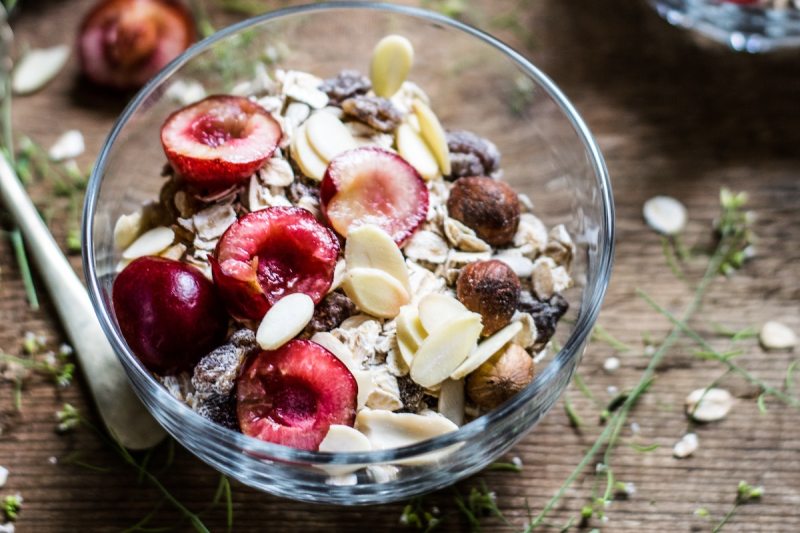
A gluten-free diet eliminates all gluten. Gluten is a protein found in grains such as wheat, rye, barley, and triticale, which is a hybrid of wheat and rye. However, while it may sound like gluten would only be found in grains and carbohydrate-rich foods like pasta, bread, crackers, and flour, it’s also used as a thickener and nutritional additive to other processed foods like condiments, sauces, and lunch meats.
A gluten-free diet isn’t necessarily a grain-free diet, as there are whole grains that are naturally gluten-free, such as brown rice, millet, and oats.
What are the benefits of a gluten-free diet?
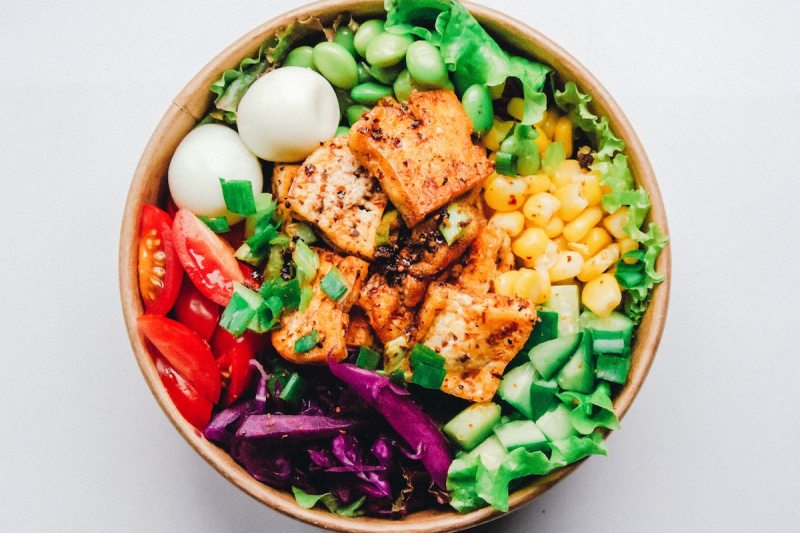
There are several reasons why guys may choose to follow a gluten-free diet, and the potential benefits of doing so include the following:
- Healing celiac disease: Requires a lifetime commitment to a gluten-free diet
- Reducing inflammation: Gluten can be inflammatory in the body, so following a gluten-free diet may reduce inflammation.
- Reducing joint pain
- Improving inflammatory skin conditions and allergies
- Losing weight
- Decreasing bloating
- Improving digestion
- Increasing energy
- Decreasing headaches
- Improving athletic performance
Foods to avoid on a gluten-free diet
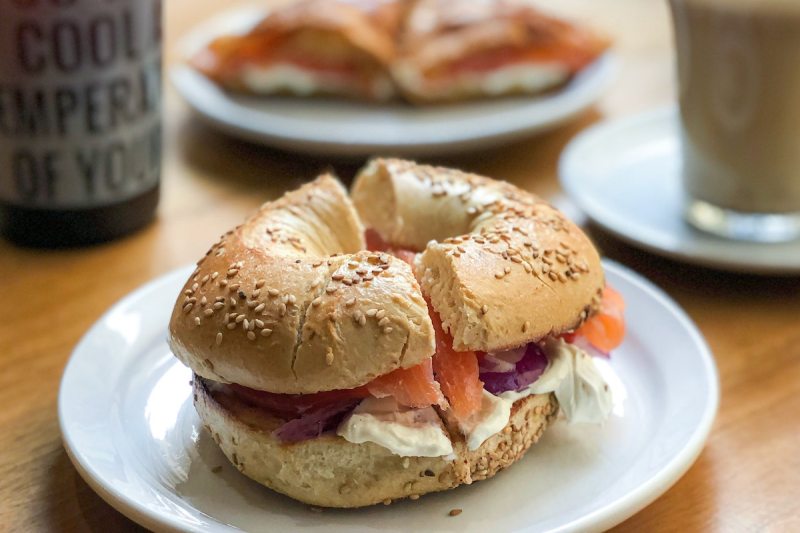
It’s important to eliminate every source of gluten when adopting a gluten-free diet, particularly if you have celiac disease. Gluten is found in wheat, rye, barley, malt, triticale, and Brewer’s yeast. Note that there are many forms, types, and names for wheat, and all of them contain gluten.
Examples include durum, spelt, couscous, semolina, farina, farro, kamut, einkorn, wheat berries, bulgur, wheat bran, and wheat germ. Unless a product is specifically labeled as gluten-free and the ingredients label is indeed free from any gluten-containing ingredients, the foods to avoid on a gluten-free diet include the following:
- Bread products: All-purpose flour, wheat flour, white flour, bread, crackers, English muffins, filo dough, pitas, bagels, waffles, pancakes, bread crumbs, pasta, lasagna, couscous, croutons, rolls, hot dog and hamburger buns, breadsticks, canned and prepared biscuits and croissants, pies, donuts, muffins, snack cakes, cakes, cookies, danishes, tortillas, many breakfast cereal, and granolas, etc.
- Fast food: Burgers with a bun, anything fried, French fries, breakfast sandwiches, donuts, chicken nuggets, pizza, fast food Chinese, tacos, onion rings, anything breaded, etc.
- Snacks: Breaded snacks, crackers, granola bars, pork rinds, pita chips, packaged popcorn, pretzels, combos, flavored chips, tater tots, packaged cookies, toaster pastries, cheese dip, etc.
- Processed meats: Lunch meats and cold cuts, hot dogs, imitation crab, breaded meat, etc.
- Frozen dinners: Frozen pizza, many frozen entrees, frozen prepared lasagna, frozen Chinese foods dishes, frozen pot pies, etc.
- Dairy products: Ice cream or yogurt that contains cookies or add-ins with gluten, pudding, processed shredded cheese, etc.
- Sides: Instant mashed potatoes and processed potato products, some packaged rice side dishes, pilaf, etc.
- Sauces and condiments: Salad dressing, soy sauce, tamari, teriyaki sauce, gravies, many Asian sauces and marinades, MSG, bullion cubes, etc.
- Soups: Chicken noodle soup, any soup with noodles, spaghetti-os, most condensed soups like cream of mushroom, gravies, bullion cubes, etc.
- Restaurant foods: Anything unless marked gluten-free because even if the food is naturally gluten-free, it’s probably prepared on equipment that contacts gluten.
- Plant-based meats: Seitan, which is used as a vegan meat substitute, is entirely composed of vital wheat gluten and must be avoided at all costs. Many other plant-based meats, like vegan chicken and vegan burgers, contain gluten. Always read the label.
- Alcoholic frinks: Beers, ales, and lagers often contain wheat, rye, or barley. Most malted beverages do contain gluten, though there are now some gluten-free beers that even those with celiac disease can enjoy. It’s often best to avoid liquor made from gluten-containing grains as well.
Foods to eat on a gluten-free diet
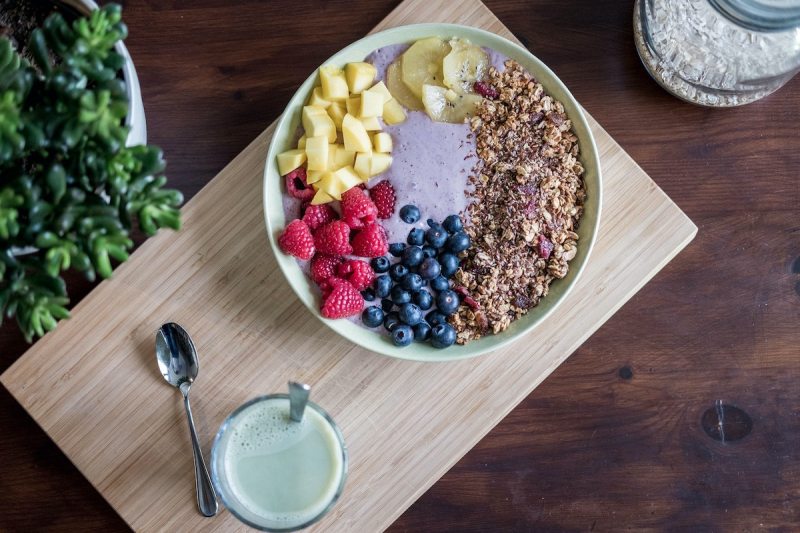
A gluten-free diet should include as many whole, unprocessed, healthy foods as possible, including vegetables, fruits, lean proteins, legumes, low-fat dairy, eggs, healthy fats, nuts, and seeds. While there are many products now formulated to be gluten-free, such as bread, cookies, cakes, and chips, these are still considered processed foods and are almost always inherently less nutritious than natural, unprocessed foods. They can also be costly.
The following are foods to eat on a gluten-free diet:
- Vegetables: All vegetables are naturally gluten-free. Enjoy all vegetables like kale, spinach, carrots, lettuce, Swiss chard, broccoli, zucchini, cucumbers, onions, cauliflower, asparagus, beets, sweet potatoes, beets, squash, onions, etc. Avoid canned vegetables in creams like creamed spinach or creamed corn.
- Fruits: All fruits are naturally gluten-free. Enjoy pears, apples, melons, oranges, grapefruit, plums, apricots, peaches, berries, bananas, pomegranates, kiwis, tomatoes, kumquats, etc. Avoid canned fruit pie fillings.
- Whole grains and bread products: Whole, unprocessed brown rice, quinoa, teff, buckwheat, tapioca, sorghum, corn, millet, amaranth, and arrowroot. Note that oats are naturally gluten-free but may contain traces of gluten if they are processed on equipment that contacts wheat. Look for oats marked gluten-free.
- Eggs
- Lean meats, poultry, and fish: Fresh or frozen lean beef, bison, venison, chicken, turkey, salmon, scallops, tofu, halibut, cod, as long as it’s not breaded or fried, etc.
- Low-fat dairy products: Skim milk, 1% milk, low-fat yogurt, cottage cheese, cheese (but not many processed cheese products), etc.
- Legumes: Dry or canned beans, lentils, peas, peanuts, soy, etc. Avoid canned chili and refried beans.
- Nuts and seeds: Raw or dry roasted almonds, pecans, pistachios, walnuts, cashews, pecans, chia seeds, flax seeds, pumpkin seeds, sesame seeds, hemp seeds, sunflower seeds, macadamia nuts, Brazil nuts, etc. Avoid flavored and processed nuts.
- Fats and oils: Olive oil, avocados, coconut, flaxseed oil, etc.
- Herbs and spices: Basil, thyme, pepper, cinnamon, clove, nutmeg, ginger, rosemary, cumin, chili powder, etc.
- Beverages: Water, tea (herbal tea, green tea, black tea, etc.), red wine, milk, coffee.
Do you need supplements on a gluten-free diet?
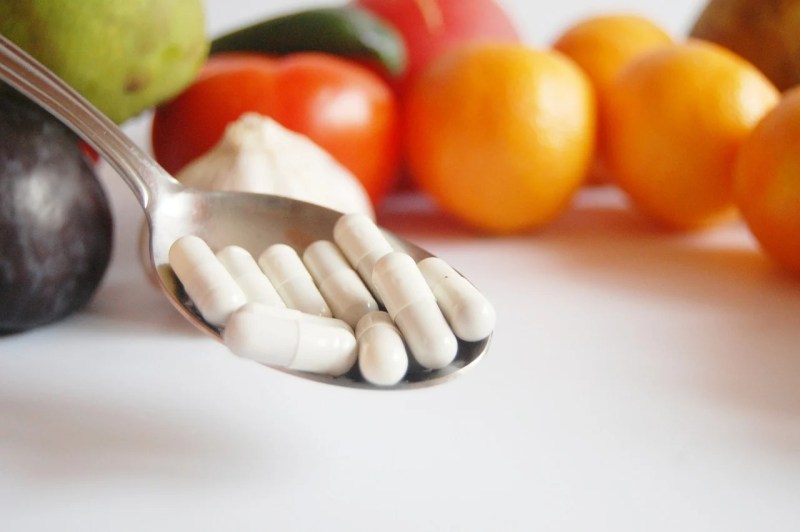
In general, following a gluten-free diet can provide your body with all the nutrients you need so long as you eat a varied diet with all the major food groups. That said, if you have celiac disease, you’re often more susceptible to deficiencies due to absorption issues.
Fiber, iron, calcium, folate, zinc, vitamin B12, and fat-soluble vitamins (vitamins A, E, D, and K) are the most common nutritional deficiencies associated with celiac disease. It’s recommended that you discuss your needs and concerns with your healthcare provider.
Sample gluten-free diet meal plan
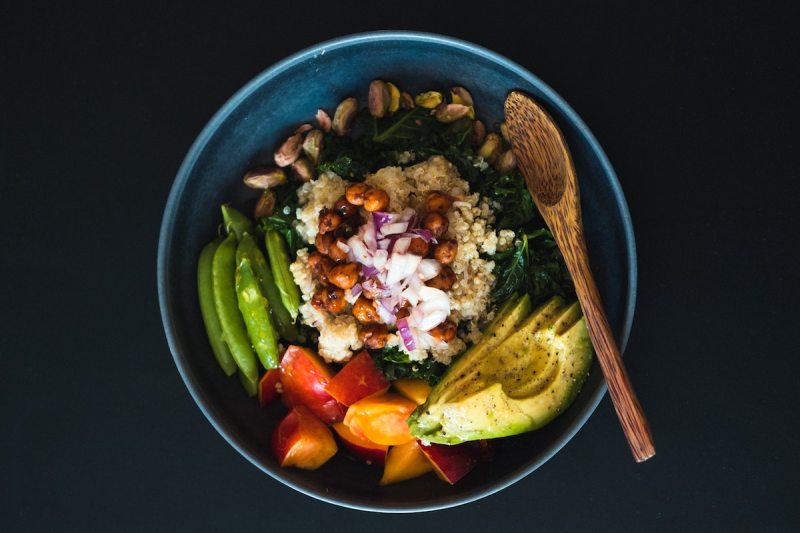
Curious about what a day of eating might look like on a gluten-free diet? Below, we share a sample gluten-free diet meal plan:
- Breakfast: Protein and greens smoothie made with a banana, spinach, almond butter, fat-free Greek yogurt, frozen blueberries, raspberries, and chia seeds.
- Lunch: Kale and quinoa salad bowl with sliced avocado, roasted chickpeas, tomatoes, onions, snap peas, and peanuts.
- Snack: Hummus with carrots, cucumbers, pepper strips, and celery.
- Dinner: Sesame-crusted grilled salmon with Brussels sprouts and broccoli rabe over brown rice. Side salad.
- Snack: Apple with almond butter and dark chocolate.
Frequently asked questions

What does going gluten-free do to your body?
Going gluten-free can benefit those with celiac disease or gluten sensitivity by reducing inflammation, bloating, and digestive issues. It may also improve energy levels and skin health while promoting better nutrient absorption. However, for those without gluten intolerance, it’s important to note that eliminating gluten offers no proven health benefits and may lead to deficiencies in fiber and essential nutrients. A well-balanced diet is key to maintaining overall health, whether gluten-free or not.
How long does it take to flush gluten from the body?
For those with celiac disease or gluten sensitivity, gluten can take a few days to several weeks to fully leave the body. However, for the average person, MedicalNewsToday shares, “When a person eats gluten, it travels through their digestive tract. In general, food takes 12 to 72 hours to pass through the digestive tract.” Symptoms like bloating or fatigue may improve within a few days, but it may take months for your gut to fully heal if you do have a sensitivity.




